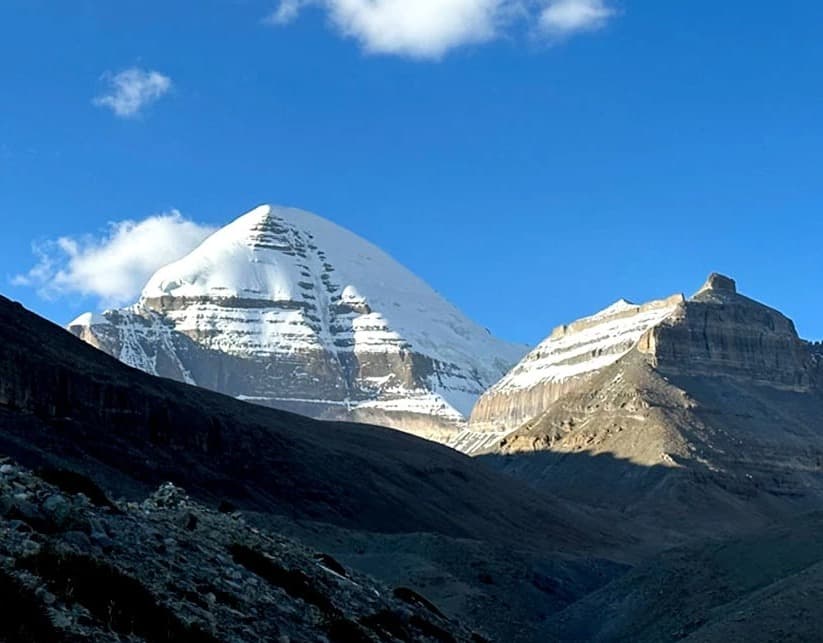Generally, Tibet comprises historical places that are mostly referred to as the "Roof of the World" as it encompasses much of central Asia, including parts of Mt. Everest. Tibet is a Buddhist country and the birthplace of the Dalai Lama. Some of the finest naturally untouched paradises far away from the modern environment, this is a place worth visiting at least once.
Tibetans should come to visit their hotels because the hospitality rendered by them is in itself sufficient to attract tourists to visit them. Agriculture farming and animal husbandry are the major sources of livelihood. The tourism industry is said to have been born in the early 1980s in Tebit. Now they are penetrating handicrafts and art for tourism.
Well, Lhasa is the capital of Tibet, and with three UNESCO World Heritage Sites Palace, Jokhang Temple, and Norbulingka-visitors will have a real, authentic view of its life in vibrant spirit. Culture in festivals such as Losar is sweetening travel with a lot of traditional practices and community spirit.
Lhasa is also home to the Tibetan Buddhist Monasteries and the areas of learning are Drepung Monastery, Ganden Monastery, and Sera Monastery. It is the second largest city, Shigatse, which has ancient places like the famous Tashilhunpo Monastery.
Further west are Mount Kailash and Mansarovar Lake, with Mount Kailash being the most picturesque and scariest one of them. For the Hindus, it is the home of Lord Shiva and his consort Goddess Parvati. Jains regard this mountain as the place where their first spiritual teacher, Rishabadeva attained nirvana. Buddhists associate this peak to saint Milarepa who was a key figure in the propagation of Buddhism in Tibet. It is the place where Bon followers believe their founder, Shenrab, descended from the heavens.
As we have said before Everest, the north face of which is in Tibet, is a beautiful and much-popularized dream-come-true place for mountaineering or trekking wannabees in this entire world. The greatest advantage of approaching Everest from the north is that one can reach the summit of Everest over a much shorter time because it is much longer to climb on the southern route from Nepal. It is, however, a preferable research ascent, especially for climbers whose major interest is to optimize their time.
Hence, responsible tourism is the need of the hour to respect the cultural variations and the environment of local people to preserve such unique ecologies and cultural heritages in themselves, i.e., Tibet. Overall, however, it is a wonderful experience for adventure seekers, spiritual aspirants, and even people involved with cultural research. It should, however, probably be approached thoughtfully to appreciate its wonders fully.





